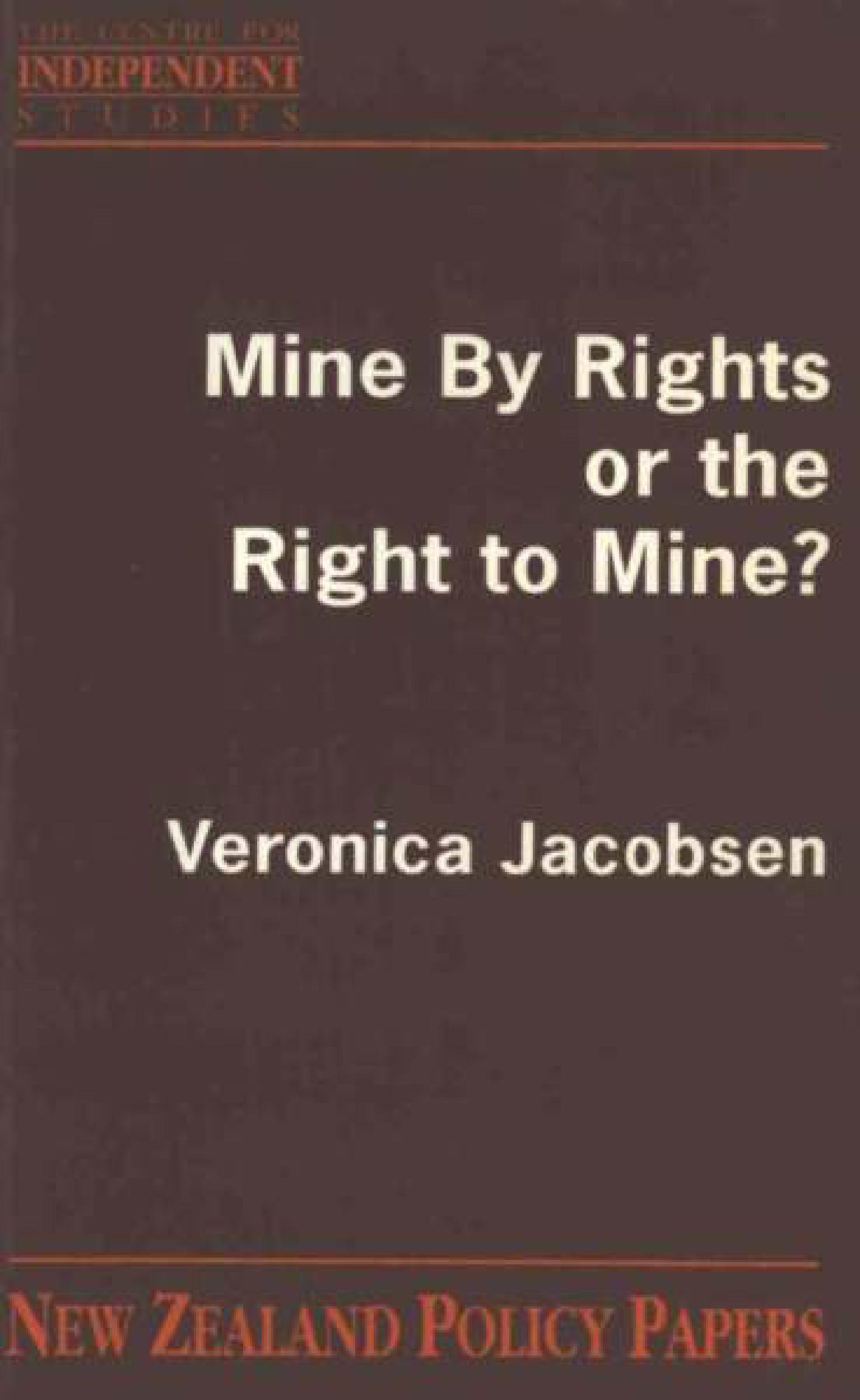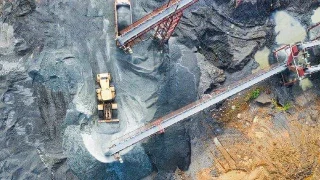
Minerals, the land above them and the surrounding environment are scarce resources. If they are used by one group for one purpose, they are unavailable to others for other uses. While resources are scarce, there will be competing claims for their use.
This monograph addresses some of the issues involved in resolving those competing claims. Its fundamenul premise is that scarcity, whether it be in minerals, land, air or water, must be expressed so that firms, individuals or community groups recognise the true value of using those resources. Only in this way will the use of the nation’s scarce resources be allocated to the highest valued uses, whether these be for mineral development, forestry, tourism, land of spiritual significance or conservation.
The central issue is how to allow for those values to be determined and reflected in the decisions of competing claimants. This study explores the use of market forces to reflect the values of those scarce resources.
Weaknesses of the Present System
The mining industry in New Ziealand is currently a topic of much debate, especially concerning its possible environmenul effects. This is particularly true in ecologically sensitive areas such as the Coromandel peninsula. The law pertaining to natural resources has recently been reviewed, and consolidated legislation, which includes Crown-owned minerals, is currently before Parliament.
The envirorunental damage associated with gold mining in the 19th century, the scars of which arc still visible today, is both a root cause of scepticism about mining and a symptom of the fundamental problem: the need to prevent mining harming the environment.
In New Zealand, the Crown issues licences to explore, prospect and mine certain mineral deposits. ‘I”he principal reason for the use of this mechanism has been the Crown ownership of the minerals and the control of the environmental consequences of exploration, propecting and mining. The present system has many strengths, not least the explicit recognition that mining affects the environment, and that protective measures are necessary.
At the same time there arc a number of fundamental weaknesses. Rights to explore, prospea, mine and use the environment are themselves scarce and hence valuable. However, unlike other inputs that a mining company could use (e.g. labour, machinery, accountants) these rights carry no explicit price to reflea that scarcity. Potential users who receive these rights without explicit payment have no incentive to ensure that they acquire the correct quantity of rights or to use them efficiently.
This is not to imply that such rights are ‘free’. In fact, the present lengthy bureaucratic procedures impose very high costs on applicants. As the procedures involve many discretionary elements they create uncertainty about the outcome. And the outcomes may vary across applications or over time. Because mining companies recognise the value of the rights, they may devote considerable resources to acquiring them.
Finally, the present system does not recognise that other activities also affect the environment. Any policy framework that aims for neutrality of outcomes would necessarily have to treat similar users of the environment in a similar fashion. The present system is clearly non-neutral in its stringent treatment of mining because it relies excessively on ‘activities’ rather than ‘outcomes’ in deciding how resources should be used.










